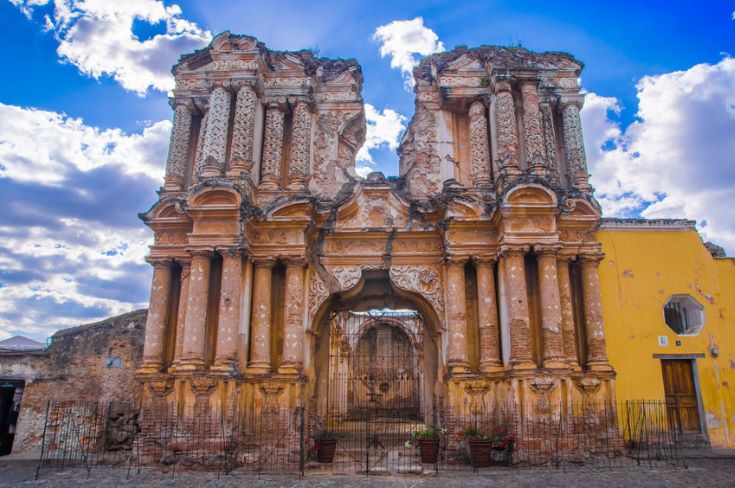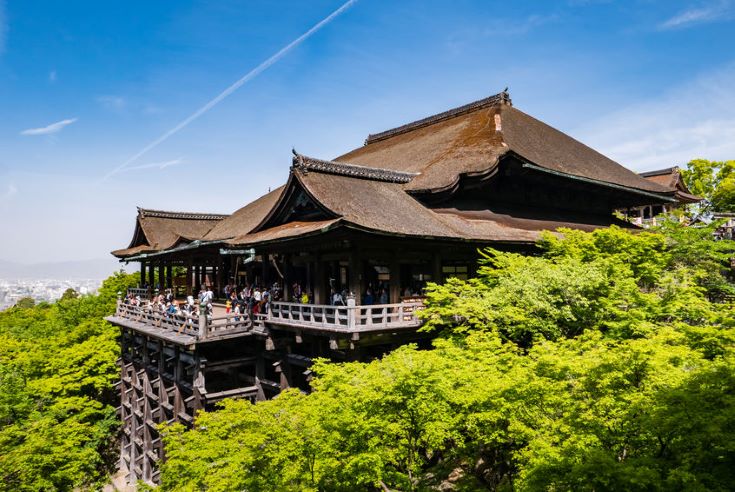Conserving our culture
In a modern, consumerised world, where disposable items and quick-fixes are always to hand and futuristic technologies steal headlines on a daily basis, it is often easy to overlook the history of civilisation and the role that tangible and intangible cultural heritage plays in our lives. It is inevitably brought back to us when disaster strikes at its heart. Claire Sanders reports.
After the fire in the Notre Dame de Paris Cathedral in Paris, France on April 15, 2019, the first thought in everyone’s minds was: “I hope no one was hurt,” and rightly so. Secondly, the galling thought of all the tangible history of the cathedral going up in flames must have crossed the minds of millions, with an afterthought along the lines of: “Did they manage to salvage any of those beautiful works and artefacts?”
And this is not to mention the intangible assets that might have been affected – the cathedral was only able to hold its first mass a full two months after the fire broke out – and the impact on the local community and tourism.
While the first priority of Disaster Risk Management (DRM) is to avoid loss of life, the preservation of cultural heritage is often overlooked and relegated down the agendas of local and national governments. However, there are compelling arguments as to why the division between DRM and cultural heritage needs to be addressed and remedied.

The ruins of the cathedral damaged by earthquakes in Ciudad de Guatemala, Guatemala. Photo: Pablo Hidalgo|123rf
A recent study by the World Bank and Global Facility for Disaster Reduction and Recovery highlights the need for DRM to accommodate cultural heritage in emergency preparation and response systems. The study takes Guatemala as a case in point – the country is regularly threatened by natural hazards ranging from volcanic eruptions to fires to hurricanes and floods – the vulnerabilities of architectural buildings, monuments and ruins are often overlooked in response plans.
The researchers suggest that incorporating strategies to conserve Guatemala’s three UNESCO World Heritage sites, as well as its numerous other cultural assets, into DRM planning will ensure that future generations benefit from the legacies of the country’s heritage. These include the preservation of tourism at the sites and in the local community, employment at and surrounding the sites, the continued tradition of celebrations and festivals and fostering knowledge and appreciation of the location’s history and events.
It is also proven that looking after cultural heritage can be profitable. In the Lebanon, five cities benefitted from investment in their regeneration; every US dollar spent on rehabilitation and recovery generated seven dollars’ worth of private investment. This goes some way to offsetting the impact on GDP when a natural hazard causes a disaster.
The need for DRM to incorporate cultural heritage vulnerabilities is also emphasised in the possible misinformation of the public and tourists. Trades relying heavily on tourism – local crafts, markets and shops in and around the heritage sites, plus admission to the sites themselves – can often be affected by the media’s exacerbation of the event. This was the case in the city of Antigua Guatemala following the eruption of Volcan de Fuego on June 3, 2018, as the media suggested that the damage was more widespread and catastrophic than in reality. It took a great deal of money and clarification by the government to put right.
The huge cost of clearing, cleaning and restoration must also be an important reason to include provision for cultural sites in risk assessments, coupled with the inevitable time taken to get back to normal life for the residents, tradespeople and religious organisations.
The division between DRM and cultural heritage can be overcome by focusing on a multidisciplinary approach. Setting up a collaborative working group which could, for example, include members from the emergency services, town planners, representatives from the tourism sector, neighbourhood associations and heritage experts, will enable perspectives from all angles to be explored in the planning of emergency response strategies. The group’s ultimate goal should be to identify the most vulnerable components of a particular site and aim to protect and conserve them for future generations.
The study also stresses the importance of involving the local community. This can be through drills and workshops, placing a value on locals’ involvement during an emergency as, aside from often being the first on the scene owing to their proximity to the location, they are likely to have an inherent pride of their history and an attachment to the places under threat. They might also be involved in guiding tourists unfamiliar with the location to safety, as well as using their local knowledge to develop escape plans.

The Kiyomizu-dera Temple in Kyoto, Japan is vulnerable to fire damage. However, precautionary measures have been put in places by its owners to protect its heritage and cultural value. Photo: Phurinee Chinakathum|123rf
There are success stories following the inclusion of risk analysis for cultural heritage. Japan has several UNESCO World Heritage sites, one of which is the Kiyomizu-dera Temple in Kyoto. The main threat to the integrity of this wooden building is fire. The owners of the temple, recognising the cultural need for its preservation, have installed disaster prevention devices such as a fibreoptic system linked to a fire alarm that can warn people away, and a firefighting system that can hold 500 tons of water. Along with involving the local community in emergency drills and training with fire extinguishers, this will no doubt help to save lives, with the added bonus of saving time, resources, heartache and money in the long run.
Bhutan followed Japan’s example, improving the resilience of its beloved lhakhangs (temples), and dzongs (fortresses), as well as nangtens (precious assets such as paintings, sculptures, and carvings) to fire and earthquakes. In both instances, the need for cross-disciplinary involvement in DRM was integral for successful risk mitigation and disaster planning.
Although preservation of life is, and should always be, paramount in any DRM strategy, the importance of including cultural heritage should not be underestimated. Its impacts are manifold and far-reaching. It is down to us to preserve and pass down our civilisation’s history – regardless of the location and vulnerabilities of its assets.
Claire Sanders, 11/07/2019